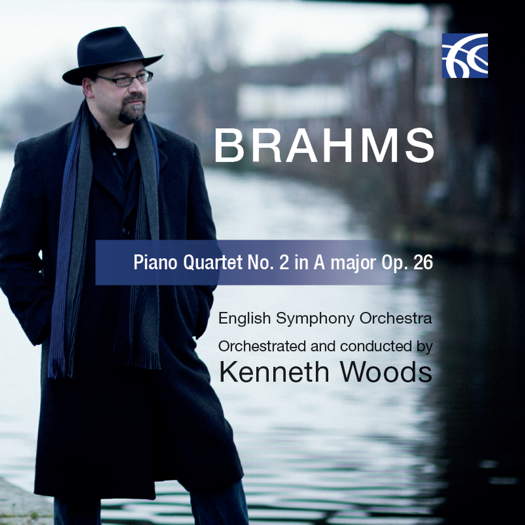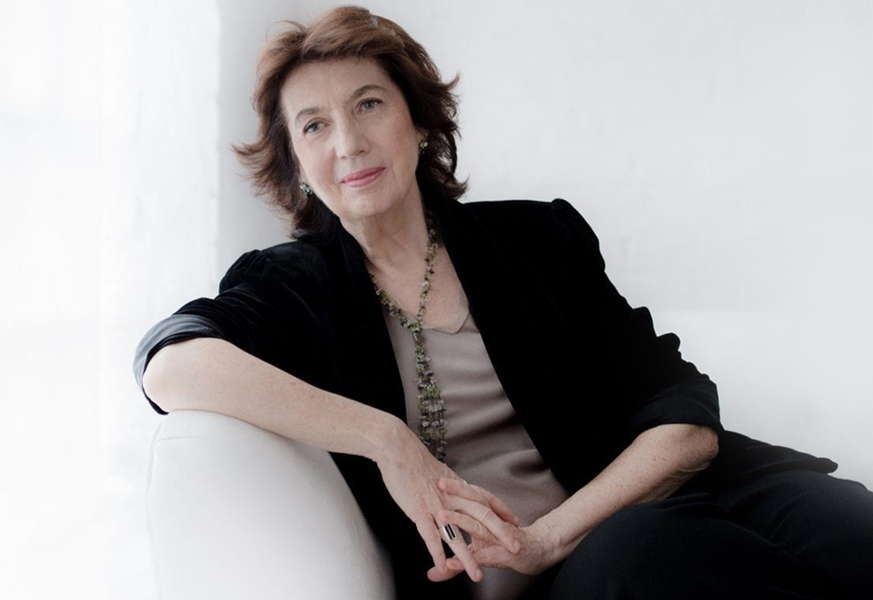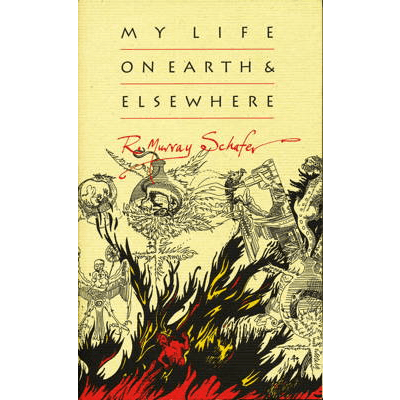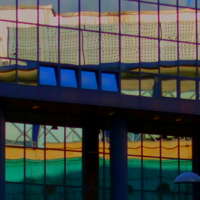 SPONSORED: CD Spotlight. A Very Joyous Disc - Brahms arranged by Kenneth Woods impresses Alice McVeigh.
SPONSORED: CD Spotlight. A Very Joyous Disc - Brahms arranged by Kenneth Woods impresses Alice McVeigh.
All sponsored features >>
Water Under the Bridge
MIKE WHEELER welcomes Mark Elder and the Hallé Orchestra back to Nottingham's Royal Concert Hall for the opening of the new season
Vaughan Williams studied briefly with Ravel, so it was apt for them to share the first half of this, the opening of the new orchestral season at the Royal Concert Hall - Nottingham, UK, 1 October 2021. The works concerned, though, could scarcely have been more different in tone - the profound meditation of Vaughan Williams' Fantasia on a Theme by Thomas Tallis and Ravel's Piano Concerto in G, his closest approach to the spirit of Les Six.
Conductor Mark Elder encouraged the Hallé Orchestra to breathe the opening of the Fantasia gently into the space, and the opening statements of Tallis's psalm tune had real dignity. The smaller second orchestra, in the choir seats behind and above the orchestra, created an appropriately viol-like sonority, using minimal vibrato, if any. After a steady, well-paced approach to the work's climax, those big, sonorous chords stood like solid pillars, while the subsequent wind-down featured a violin and viola duet - Eva Thórarinsdóttir and Timothy Pooley - that didn't need to emote to make its point.
Gershwin is said to have once asked Ravel for composition lessons. The outer movements, at least, of Ravel's Piano Concerto in G are full of subtle but telling jazz influences that suggest he had learned a thing or two from Gershwin. Imogen Cooper's crisp, incisive account of the solo part was surrounded by exuberant woodwind solos, especially Joanne Boddington's cheeky piccolo in the opening and Sergio Castelló Lopez' vivid clarinet later on. A word, too, for harpist Marie Leenhardt's solo in that wonderful moment of stillness half-way through. The second movement, with its air of innocent wonder that wouldn't sound out of place in Ravel's Mother Goose, was allowed to uncoil gently. Imogen Cooper's finely-spun decoration perfectly complemented cor anglais player Thomas Davey's poised way with the main theme at the end, and the concluding string chord was placed with delicate precision. The finale's circus high jinks could have taken a touch more pizzazz, even vulgarity - not a quality we normally associate with Ravel, I know. But it had plenty of spirit, and bassoonists Elena Comelli and Simon Davies handled their hair-raising moment in the spotlight with aplomb.

Imogen Cooper
Thea Musgrave's Song of the Enchanter is a six-minute tribute to Sibelius, one of a number commissioned from various composers by the Helsinki Philharmonic Orchestra for his 125th anniversary in 1990. It is based on an episode in the Finnish mythological epic, the Kalevala, describing the creation of the kantele, Finland's distinctive kind of zither. Out of a sea of gentle woodwind swirls and harp glints, a poised high-lying first violin line emerges - Sibelian in spirit though not substance. Flutes punctuate the work with fleeting allusions to the dominant theme of the finale to Sibelius's Fifth Symphony. While the violins continue, a central section gives other instruments a passage of controlled improvisation such as we tend to associated with Lutosławski - stasis and movement ingeniously combined. The whole piece calls for both atmosphere and finely-honed playing, which is just what it got here.
It was a quietly compelling curtain-raiser not to Sibelius's Fifth Symphony but his Second. No 2 is often described as his farewell to the big romantic symphony, but this performance underlined just how forward looking, even proto-modernist it can sound, at least in the first two movements. I've heard this approach from Elder and the Hallé before, so it wasn't a surprise, and this performance made an equally cogent case for it.
From the opening string figures, projected with warmth and clarity, the first movement was both springy and spring-like, relaxed and purposeful at the same time. Again, the placing of the last notes had a sense of rightness. From where I was sitting, the pizzicato theme for the basses, then cellos, at the start of the second movement lacked ideal clarity. Otherwise, through the extreme mood swings, everything was in sharp profile. The chorale-like string passages sounded dispassionate but not aloof, while the stormy outbursts had real bite. The scherzo set off at an almost frantic pace that highlighted the calm imperturbability of the two pastoral episodes, with oboist Stėphane Rancourt articulating the line of repeated notes in his solo expressively.
After the exciting build-up, the finale's arrival sounded less like a point of arrival, more of a staging-post on the journey, keeping enough power in reserve for when Sibelius runs through the whole process again later. Elder and the orchestra maintained tension through the quiet passage that appears motionless, and after the second build-up, the second breaking of the wave really was a point of arrival. Maybe it was because the Musgrave had already subtly planted the suggestion, but I couldn't help thinking how much the final pages had in common with their equivalent in No 5, even though a whole lot of water was to flow under the bridge before Sibelius began work on it.
Copyright © 7 October 2021
Mike Wheeler,
Derby UK

MORE CLASSICAL MUSIC ARTICLES ABOUT FINLAND
MORE ARTICLES FEATURING THE HALLÉ ORCHESTRA
MORE ARTICLES FEATURING NOTTINGHAM ROYAL CONCERT HALL




